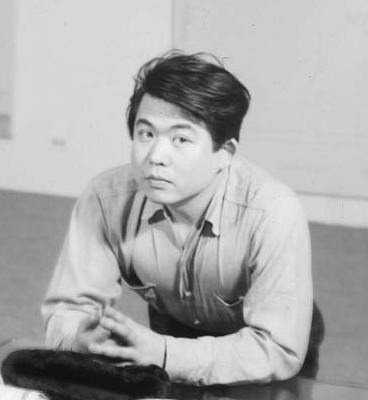Arakawa moved to New York in 1961 and enrolled in the Brooklyn Museum Art School. As he continued to make sculpture, his relocation marks a new development in his paintings, now employing lines, arrows and other marks to plot and foreground the surface of the canvas. Increasingly diagrammatic, images both found and drawn were included along with text and actual objects that opened up ideas about what constituted traditional ideas of depiction and picture making, creating a reflective and poetic space. Towards the end of the decade, his paintings incorporated texts that directly addressed viewers, inviting them to activate the work through their engagement.
In 1964, Arakawa had his first solo exhibition with the Dwan Gallery in Los Angeles, entitled Arakawa: Dieagrams. Arakawa next showed at Virginia Dwan’s new gallery in New York in 1966 with the exhibition Arakawa: For Instance, Instant. Dwan gave further solo exhibitions to Arakawa again in Los Angeles in 1966 and then in New York in 1967 and 1969. She also included Arakawa in numerous group exhibitions with other gallery artists, including Robert Smithson, Carl Andre, Sol LeWitt, Charles Ross, Robert Morris and William Anastasi up until she closed the gallery in 1971. In 1967, Arakawa had his first solo exhibition at Galleria Schwarz, Milan. Arturo Schwarz, the gallery’s founder, was closely associated with Marcel Duchamp whom Arakawa had sought out and befriended on his arrival to New York.
In 1965, he had his first institutional show at the Württembergischer Kunstverein, Stuttgart, followed by the Stedelijk van Abbemuseum, Eindhoven (1966) and the Kunst und Museumsverein, Ausstellungssäle, Wuooertal-Barmen (1967).

